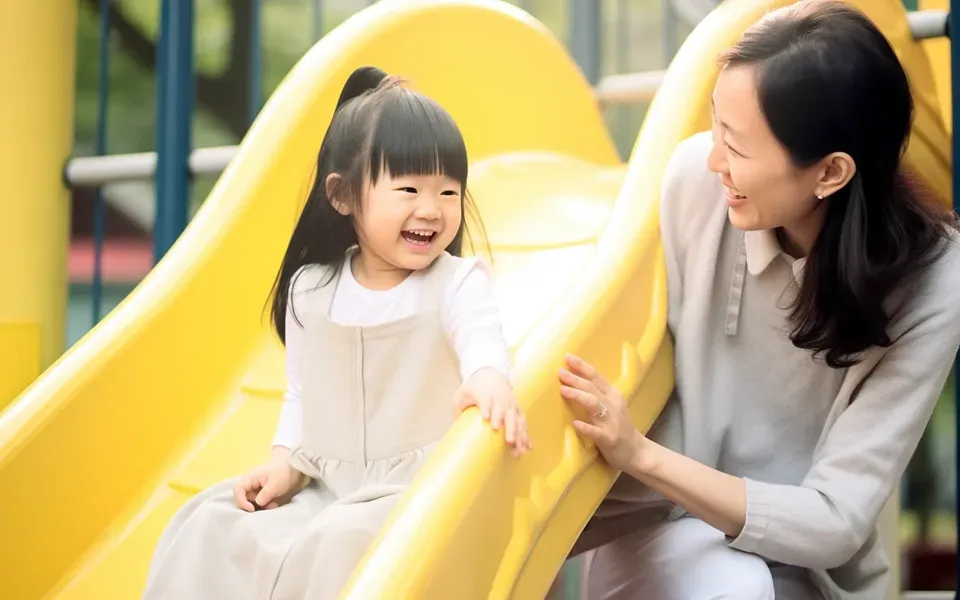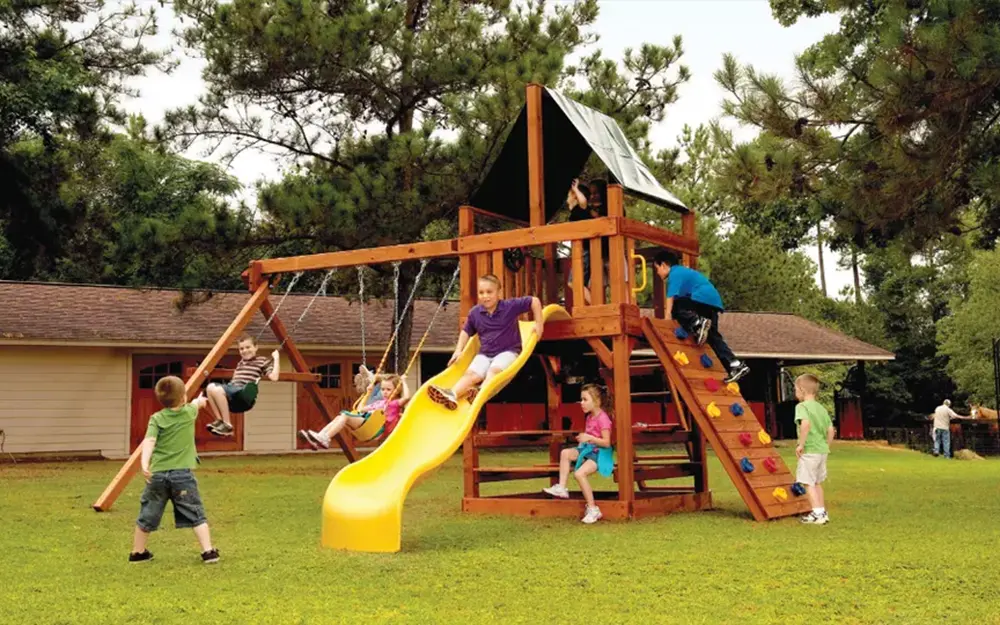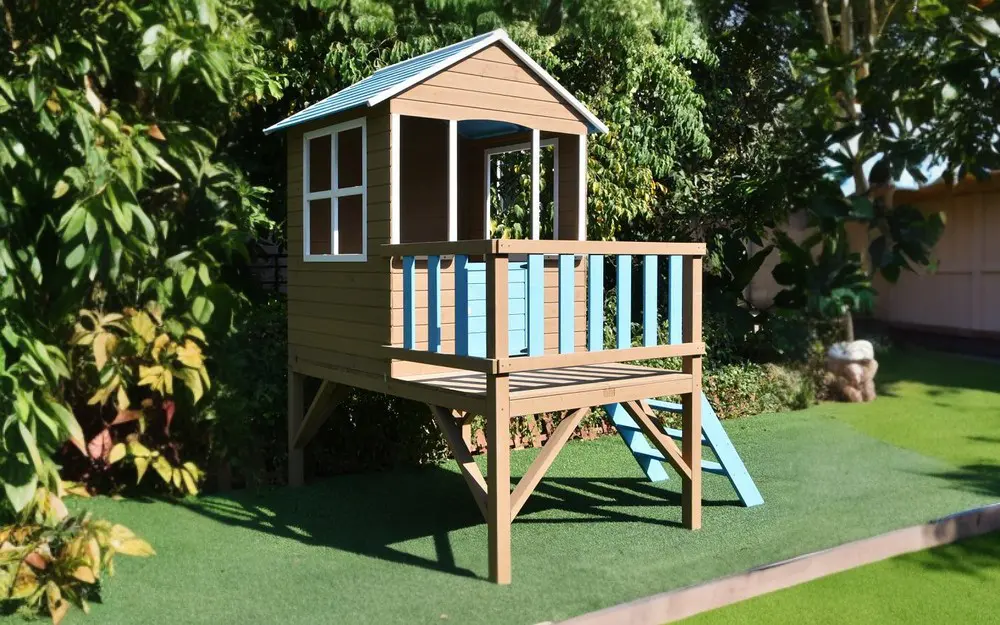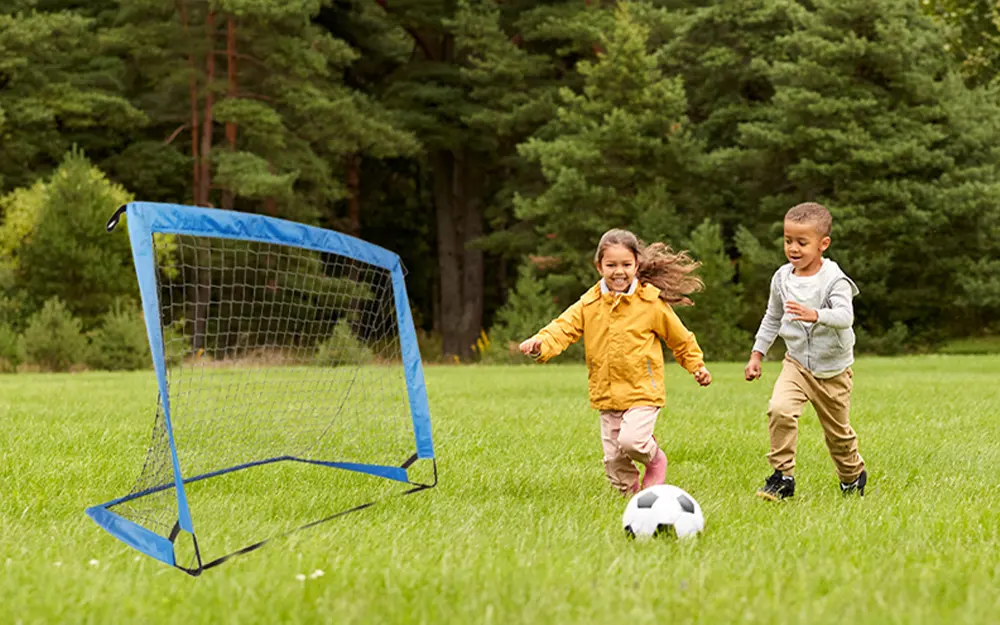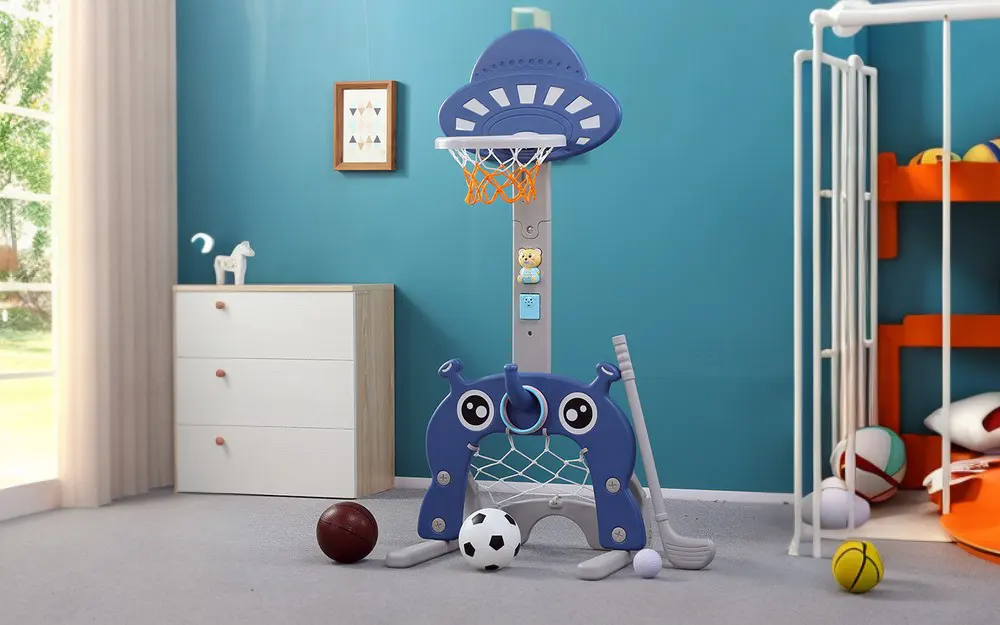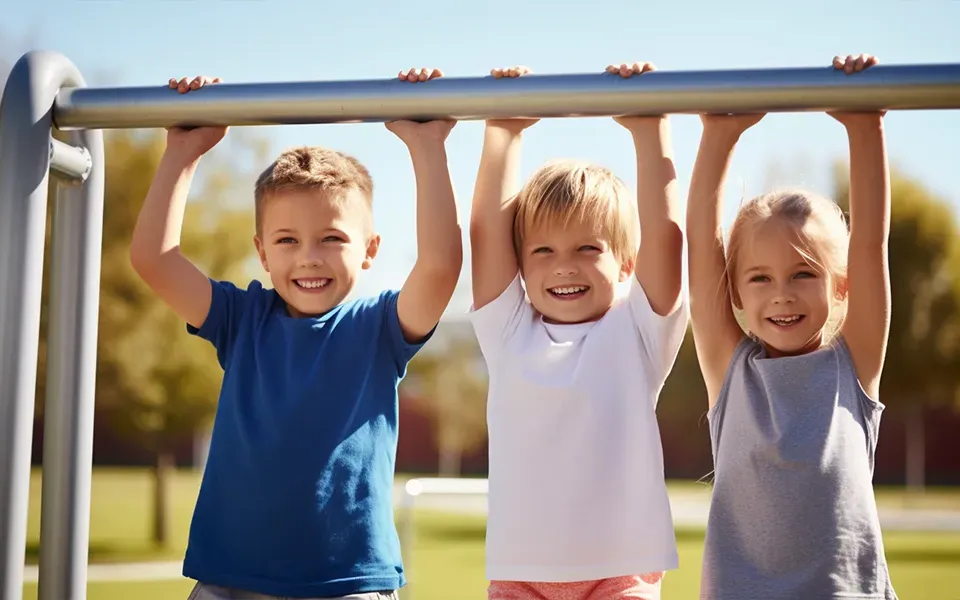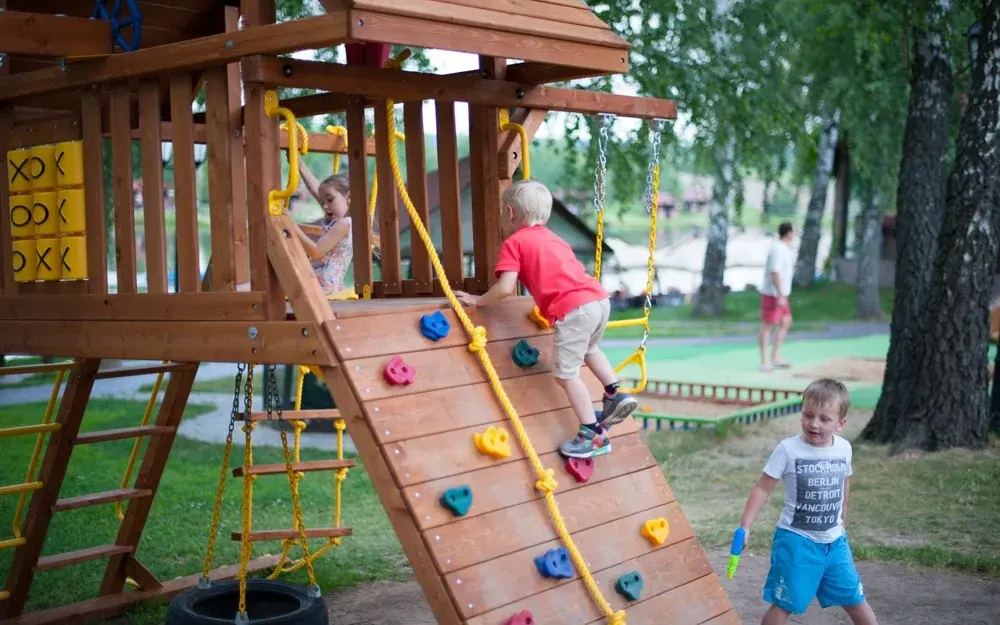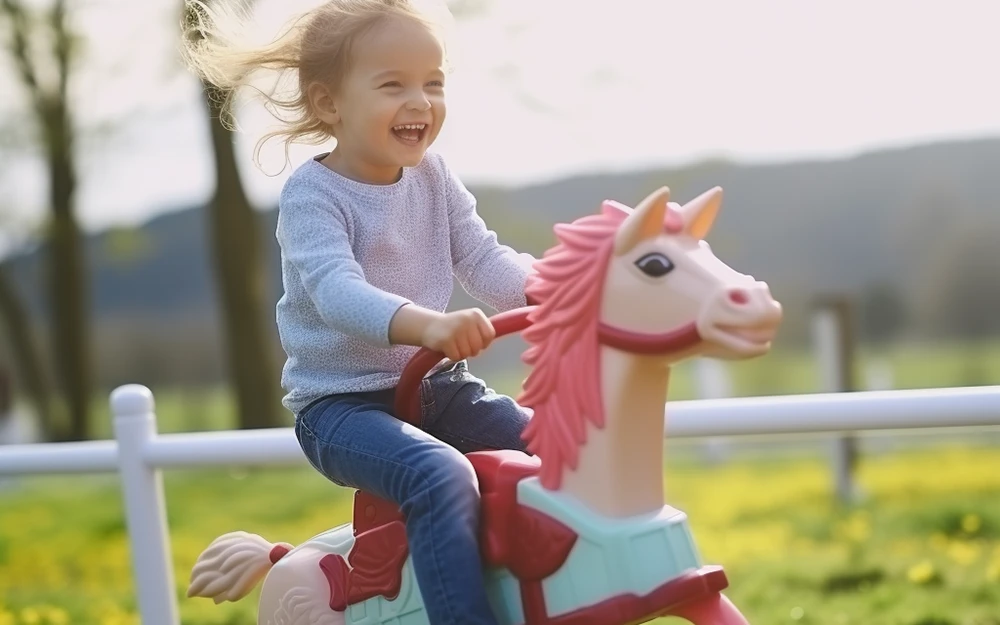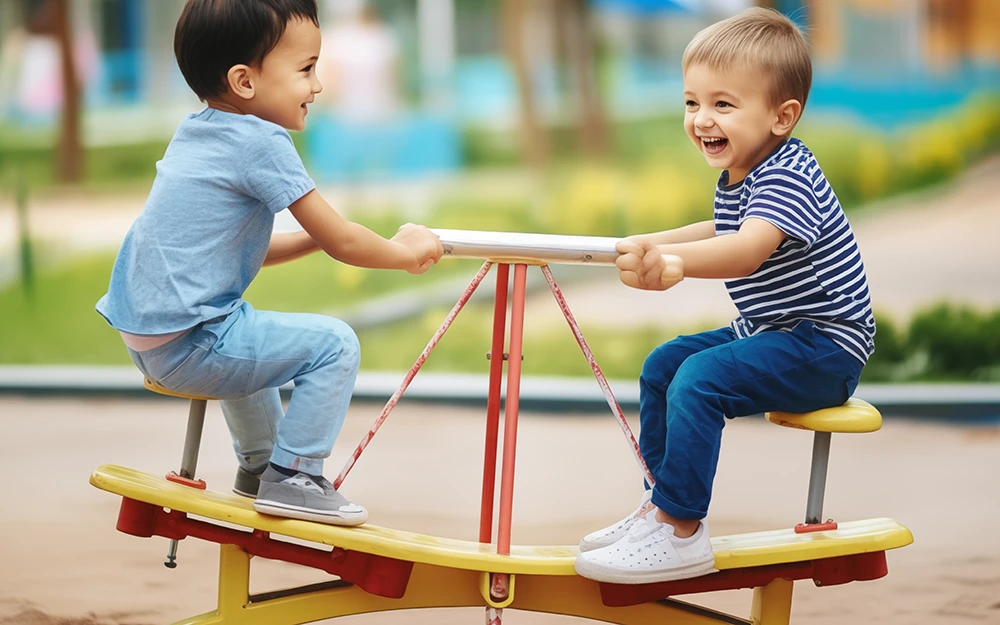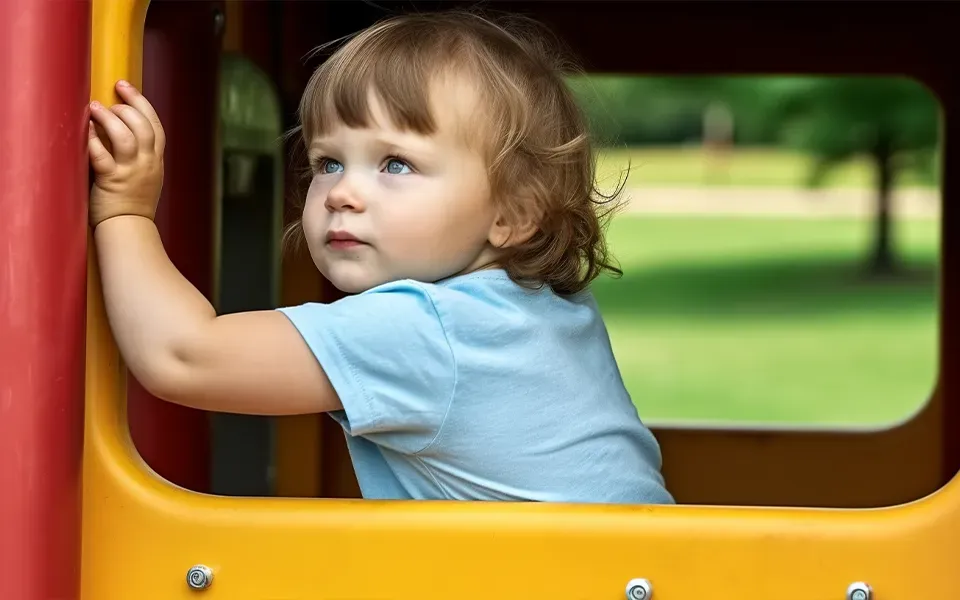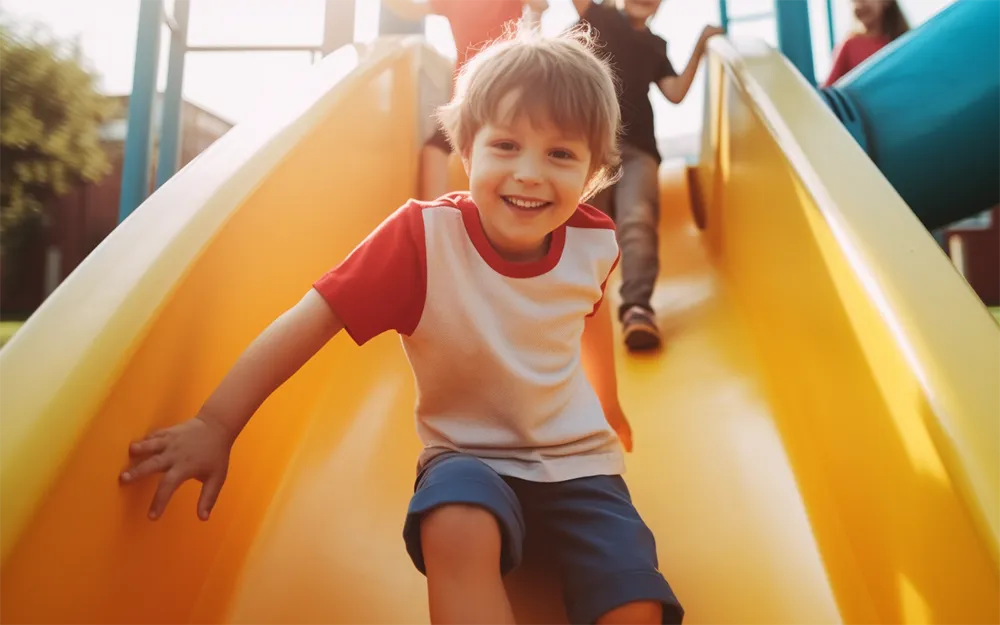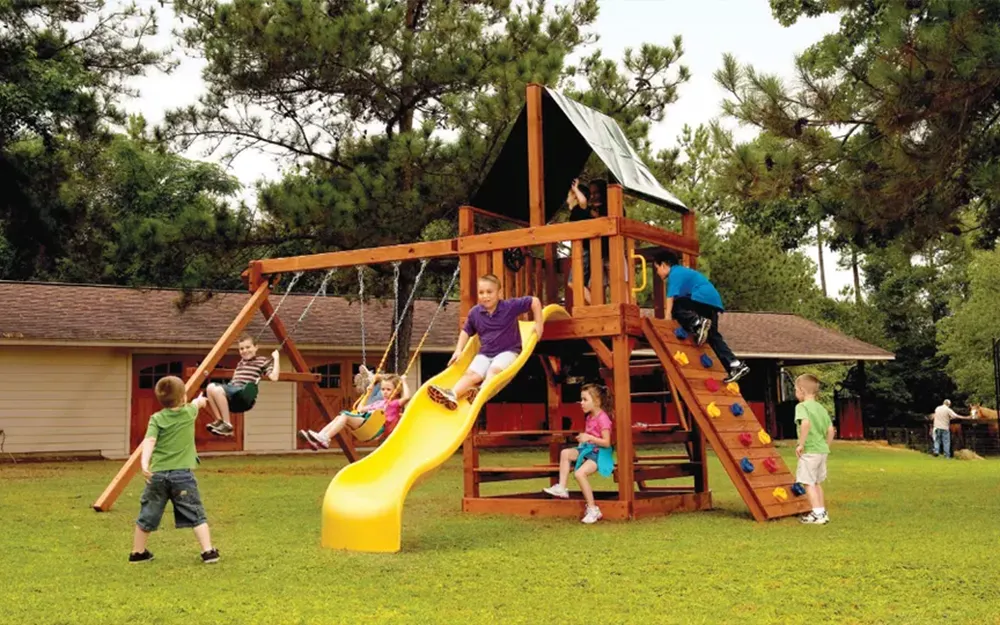Talking about swings, it is the dream of many children. Swinging carefreely in the backyard is such an unforgettable experience. Installing a swing in the backyard brings many benefits to both children and adults.
Swings have many advantages for children. Firstly, they help children learn and improve their motor skills. Swinging on a swing helps children develop body coordination and balance. The act of controlling their center of gravity and coordinating movements while swinging helps to exercise their large muscle groups and nervous system.
Swings are outdoor play equipment that attracts children to outdoor activities, allowing them to enjoy fresh air and sunlight. This helps improve children’s immunity, promote healthy growth, and reduce the time children spend on electronic devices.
Swings are not only a means of physical exercise but also a way for children to express emotions and relax. Swinging brings joy and relaxation, helping to reduce stress and emotional tension.
Swings are a game that is suitable for multiple participants, allowing children to play with friends and share joy and laughter. Through shared enjoyment of swinging, children can cultivate a spirit of cooperation and social skills.
Developing hand-eye coordination: When children play on swings, they need to grip ropes or bars, which helps to exercise their hand muscles and hand-eye coordination. This is beneficial for developing their manual dexterity and fine motor skills. Swings are not just entertainment facilities for children but also important tools for promoting physical, emotional, and social development. Swinging provides children with a sense of joy and accomplishment while enjoying outdoor activities, which is very beneficial for their overall development.
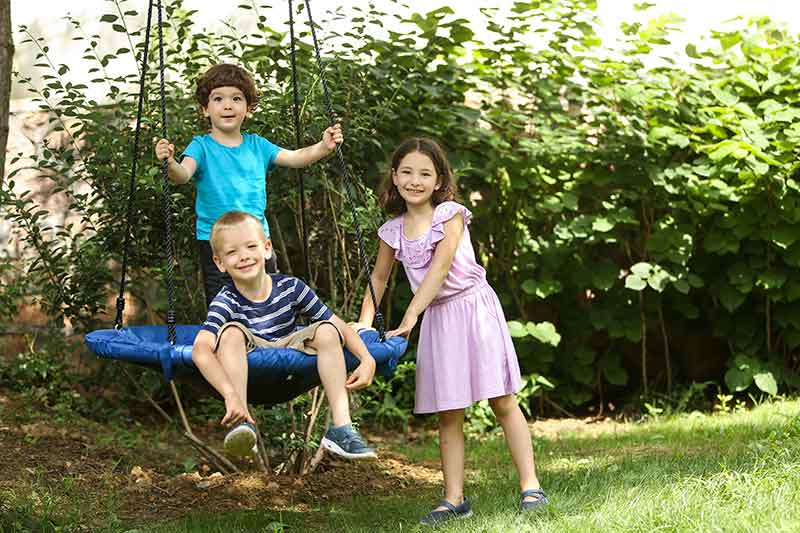
Of course, the needs for swings vary between different age groups. Let’s explore how to tailor swings for children from toddlers to teenagers.
1. Toddlers (3-5 years):
– Material: Choose soft and comfortable materials such as softwood, plastic, or fabric to prevent children from getting hurt.
– Seat design: Ensure the seat is spacious and comfortable, preferably providing back support to ensure the safety and comfort of toddlers.
– Height: The swing should be lower to the ground to allow toddlers to easily get on and off, with adult supervision.
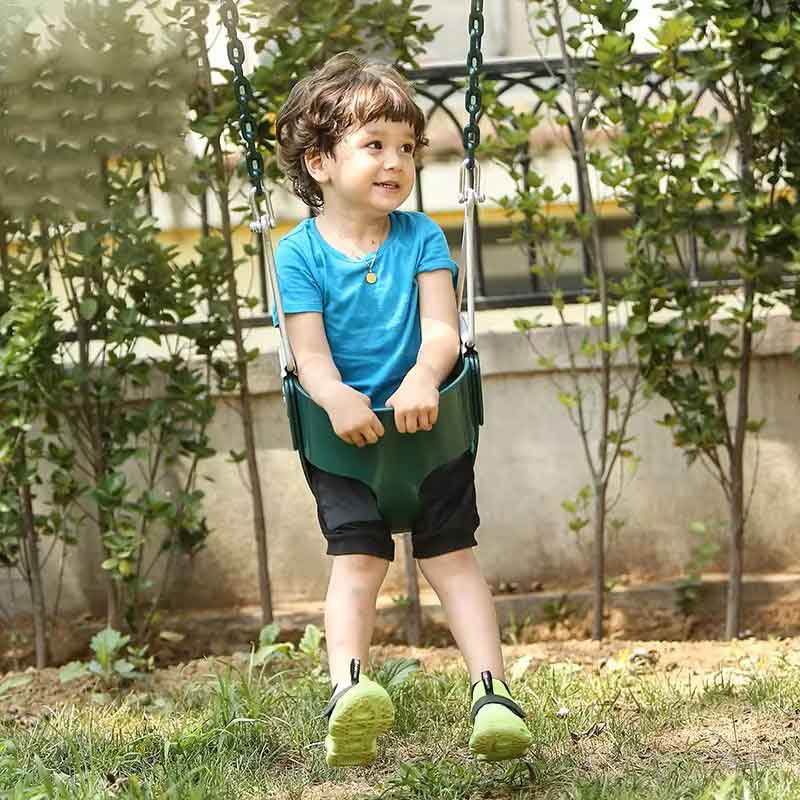
2. Children (6-12 years):
– Material: Use sturdy and durable materials such as wood or metal to support the weight of children and ensure long-term use.
– Seat design: The seat should be spacious, comfortable, and provide sufficient support for protection, adapting to the size and weight of children. – Height: Adjust the height of the swing according to the children’s height and age to ensure safety and comfort.
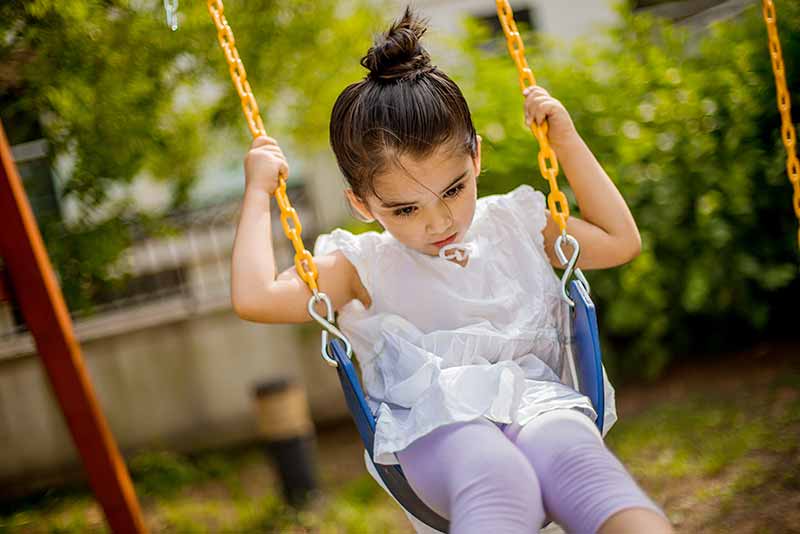
3. Teenagers (13-18 years):
– Material: Use durable and strong materials like steel or aluminum alloy to support the weight and usage frequency of teenagers.
– Seat design: Ensure the seat is spacious and comfortable, providing enough support to ensure the safety and comfort of teenagers. – Height: Teenagers can adapt to higher swings, but safety measures should still be in place, and supervision is recommended.
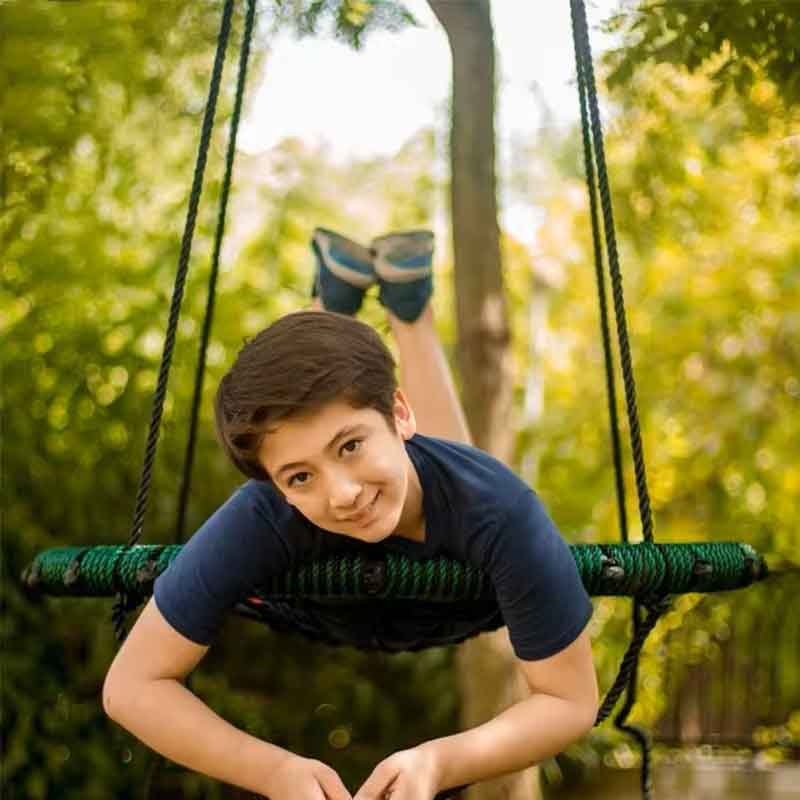
For children of different age groups, consider incorporating special features such as non-slip seats, reinforced connectors, or waterproof materials to enhance the safety and comfort of the swing. Most importantly, use high-quality products that have been inspected and certified, and always supervise children during swing use to ensure their safety and enjoyment.
